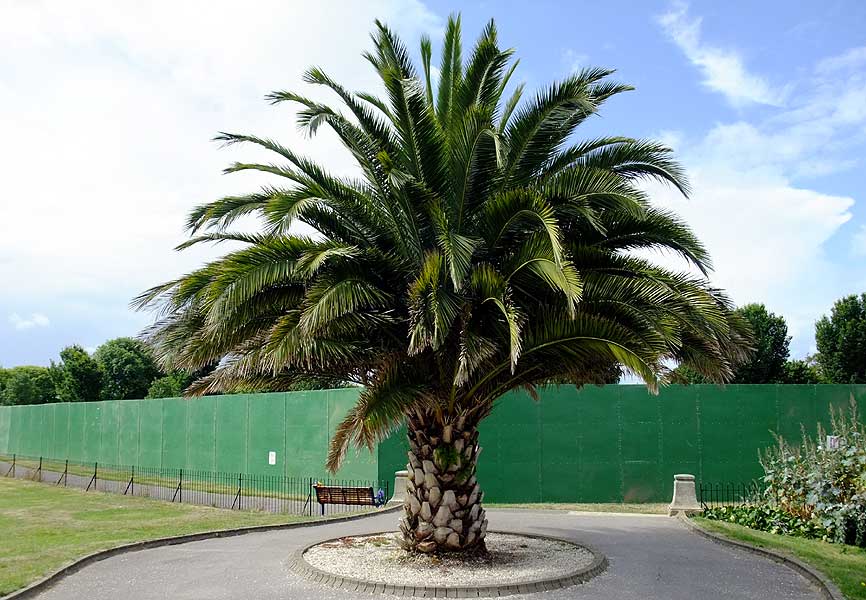Table of Contents
Palm trees bring a vibe of beauty to gardens, even in the UK. But have you ever thought how long they actually lived here? It’s a common question for those looking to add these graceful trees to their outdoor spaces. Each type of palm tree has its own story, with some living longer than others. It does not matter if you’re considering a tall Mexican Fan Palm or a smaller Areca Palm.
Knowing their lifespan can help you make the right choice for your garden. Understanding these stages can give you a deeper appreciation for these beautiful trees.
So, let’s find out how long palm trees flourish in the UK and see their behavior.
1. Why Do Palm Trees Die?
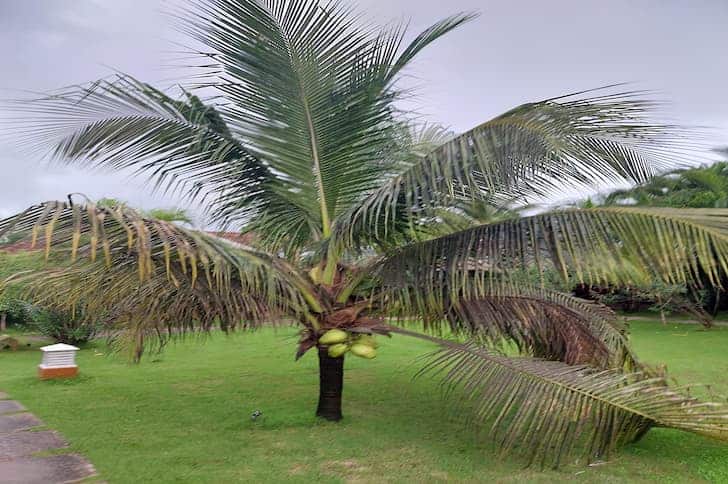
Palm trees, like all living organisms, have their vulnerabilities. One major factor leading to their decline is the onset of diseases. These diseases, often caused by harmful bacteria, can hinder growth and eventually result in the tree’s demise. Also environmental stressors such as uprooting, overwatering, and high humidity levels can also contribute to their decline. In regions with high humidity, palm trees are prone to a condition known as Pink Rot. Recognizable by small pink circles on the leaves.
It can be harmful if not addressed promptly. Proper care and careful monitoring are important to tackle these issues and safeguard the health of palm trees. These are the tips that will help you to grow the best palm trees for the UK.
2. Estimating Palm Tree Age
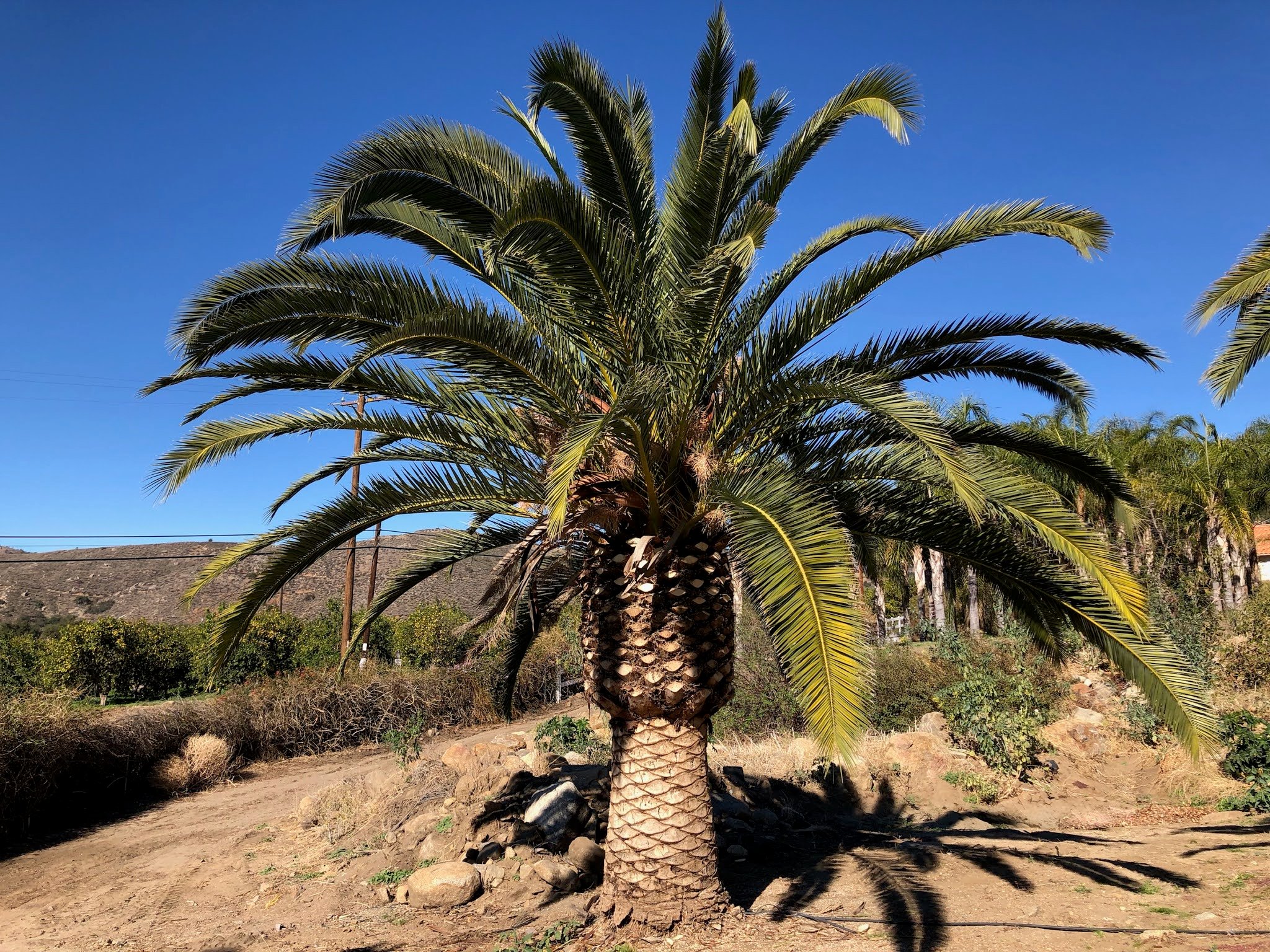
Determining the age of a palm tree presents a unique challenge. Unlike trees with annual rings, palm trees lack this feature, making it challenging to know their age accurately. Instead, assessing a palm tree’s age involves understanding its species and growth habits. Some palm species, such as green thatches, may live for up to 15 decades, while others, like oil palms, have a shorter lifespan of around 25 years. For a more precise estimate, some resort to scientific methods like radiocarbon dating.
This involves analyzing the growth rate of the tree through chemical assessments. However, it’s important to note that this method may not account for certain factors, such as habitat conditions or illnesses, that could impact the tree’s growth at various stages.
3. Palm Tree Life Stages
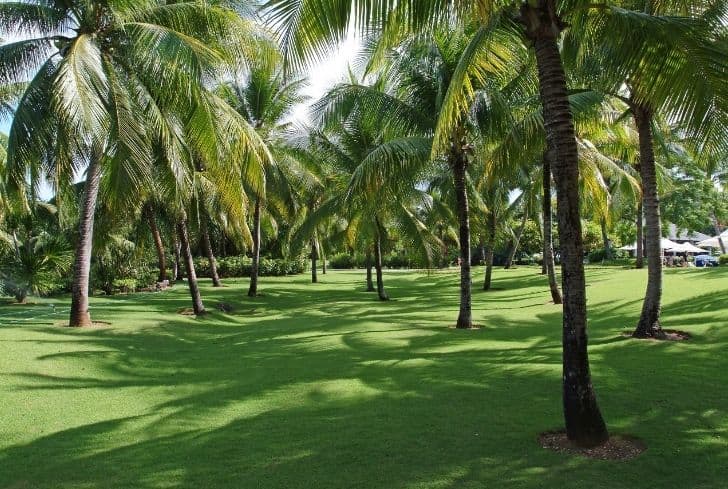
The life of a palm tree can be divided into distinct stages, each characterized by unique growth patterns and features.
- Germination: This marks the initial phase, where the palm tree develops its roots. There are two main methods like remote growth, where a small stem emerges before roots, and adjacent sprouting, where the leaf partially emerges from the seed.
- Growth: Following germination, the tree begins to grow vertically, with leaves pointing upward. Also, caliper growth occurs, leading to trunk widening. Unlike conventional trees, palm trunks do not have the same type of wood.
- Blooming: As the palm matures, it produces flowers, which, while not so beautiful, play an important role in the tree’s reproductive cycle. The flowers grow in clusters and are usually whitish in color.
- Fruition: After flowering, palm trees may bear fruit, which grows in small clusters. These fruits can be harvested once they ripen.
- Death: Eventually, palm trees reach the end of their lifespan. Fronds and calipers begin to wither, signaling the tree’s natural conclusion. External factors, like stress or natural disasters, can accelerate this process.
4. How Long Do Palm Trees Live?

The lifespan of a palm tree is determined by various factors, including many of its species and the conditions in which it grows. Palm trees growing in warm climates have the potential to endure for anywhere between 7 to 10 decades. This life can be further extended through attentive care and the application of suitable fertilizers.
Different species show varying lifespans. The Mexican Fan Palm boasts an average lifespan of approximately 10 decades, while the Coconut Palm lives for 8 to 9 decades. Date Palms, akin to Mexican Fans, can also grow for 10 decades, though some may not reach such an age due to their towering height.
Conversely, the Areca Palm, despite its popularity, has a comparatively shorter lifespan, typically living for around 4 decades. This species is also notably smaller than its long-living counterparts.
5. Lifespan Based on Species

The type of palm tree notably influences its lifespan. While some may suffer for several decades, others have a comparatively shorter life expectancy. It’s important to research and understand the specific characteristics and requirements of each species before selecting one for your garden. For example, Jelly Palms, Date Palms, and Bamboo. And also Spindle Palms, Fan Palms, and Christmas Palms are all popular choices for homeowners looking to cultivate palm trees.
6. Short-Lived Palm Types
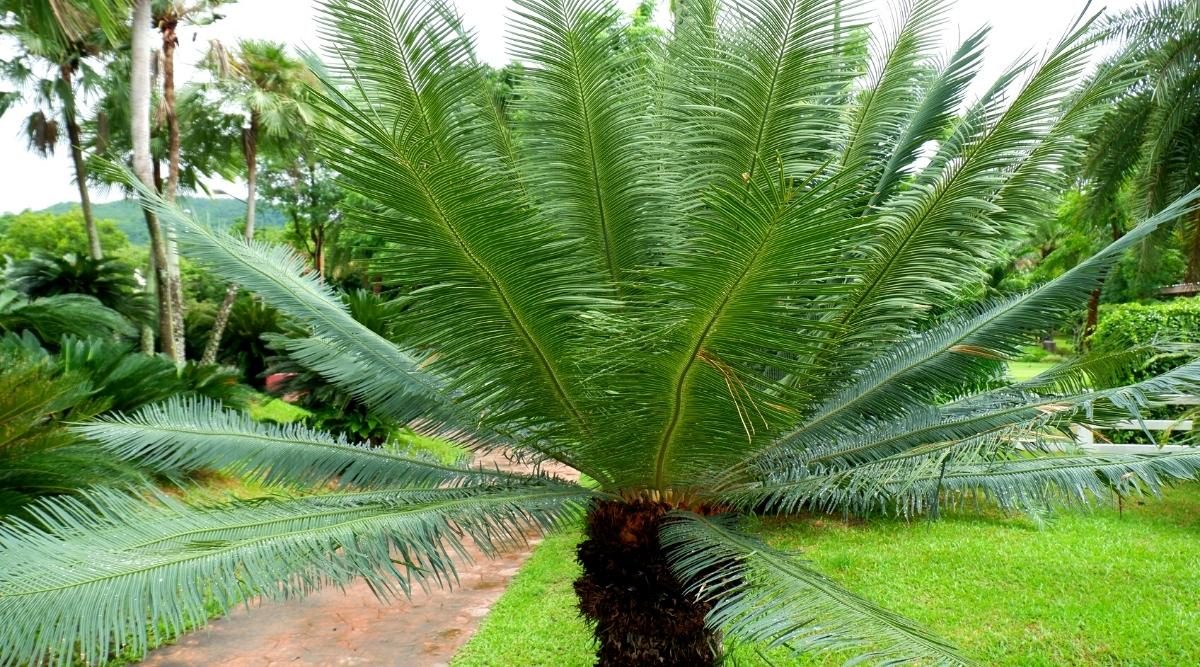
Among the diverse range of palm species, Areca Palms are notably short-lived, typically living for around 40 years. Despite their relatively brief lifespan, they remain a favored choice for many due to their compact size and manageable care requirements.
7. Safety and Health of Palm Trees
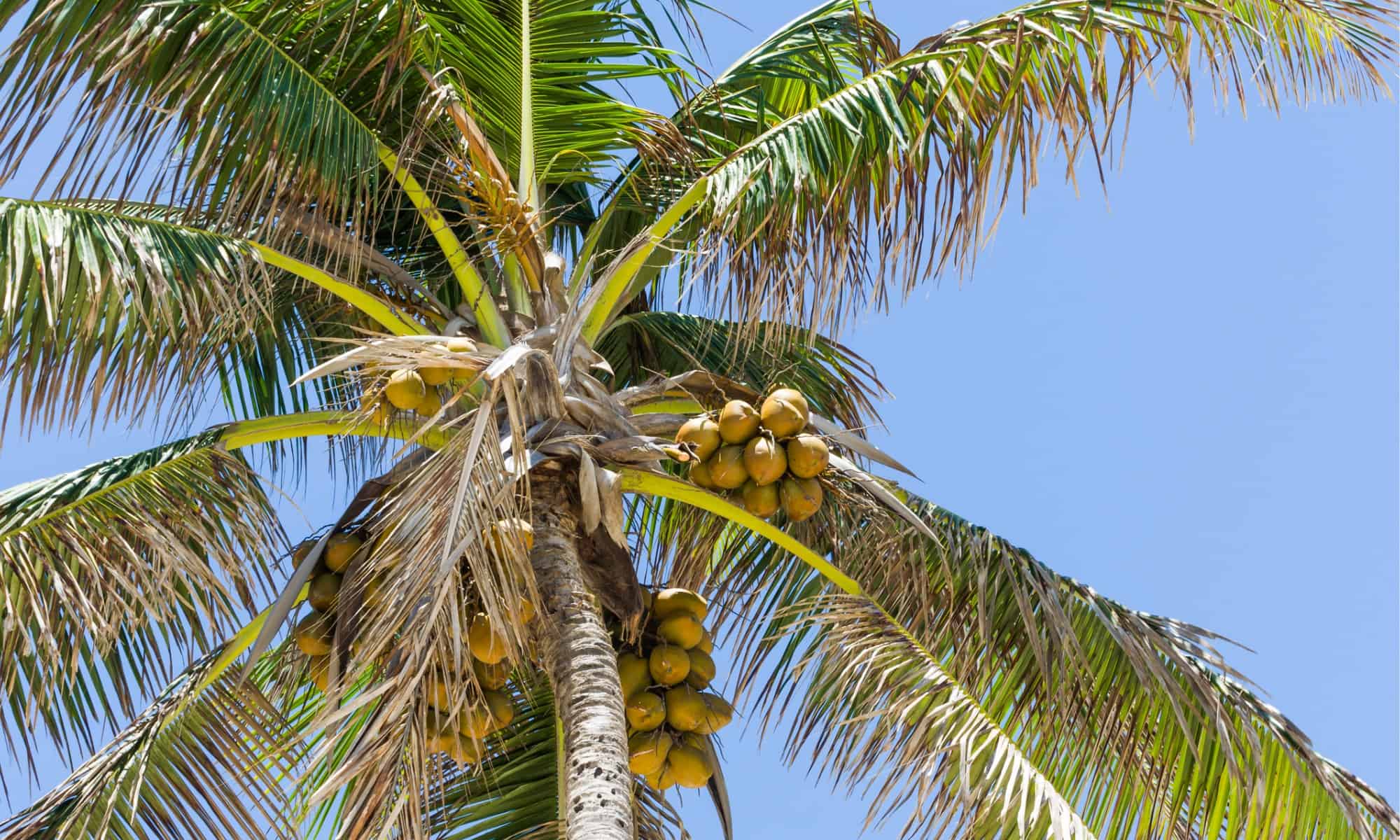
While most palm trees are generally safe. It’s essential to exercise caution. Especially with spiny varieties. Certain palm trees, particularly those in tropical regions like California, possess spines that can pose risks. These spines may not only be during everyday interaction but also during maintenance activities like pruning. It’s advisable to take care when dealing with palms featuring an abundance of thorns or teeth clusters.
Conclusion
So, palm trees can live for a long time in the UK. Some can last up to 10 decades if you take good care of them. But others might not live as long, maybe around 4 decades. It depends on the type of palm tree you choose. Different species have different lifespans.
So, it’s a good idea to learn about the kind of palm tree you want. That way, you’ll know how to help it live its best life. By knowing about palm trees and their lifespans.
You can pick the perfect one for your garden. So, plant a palm and enjoy the beauty it brings to your home.

